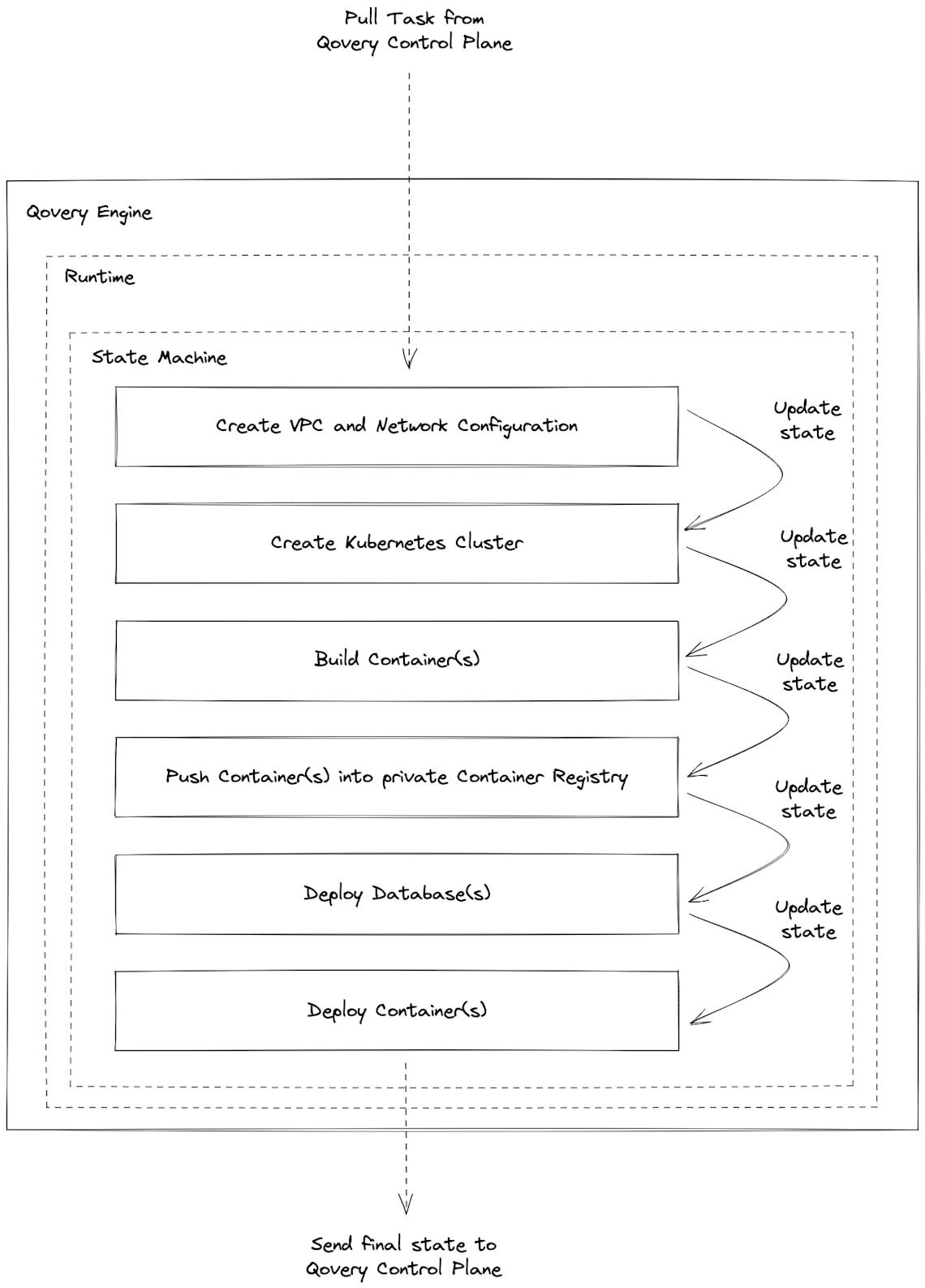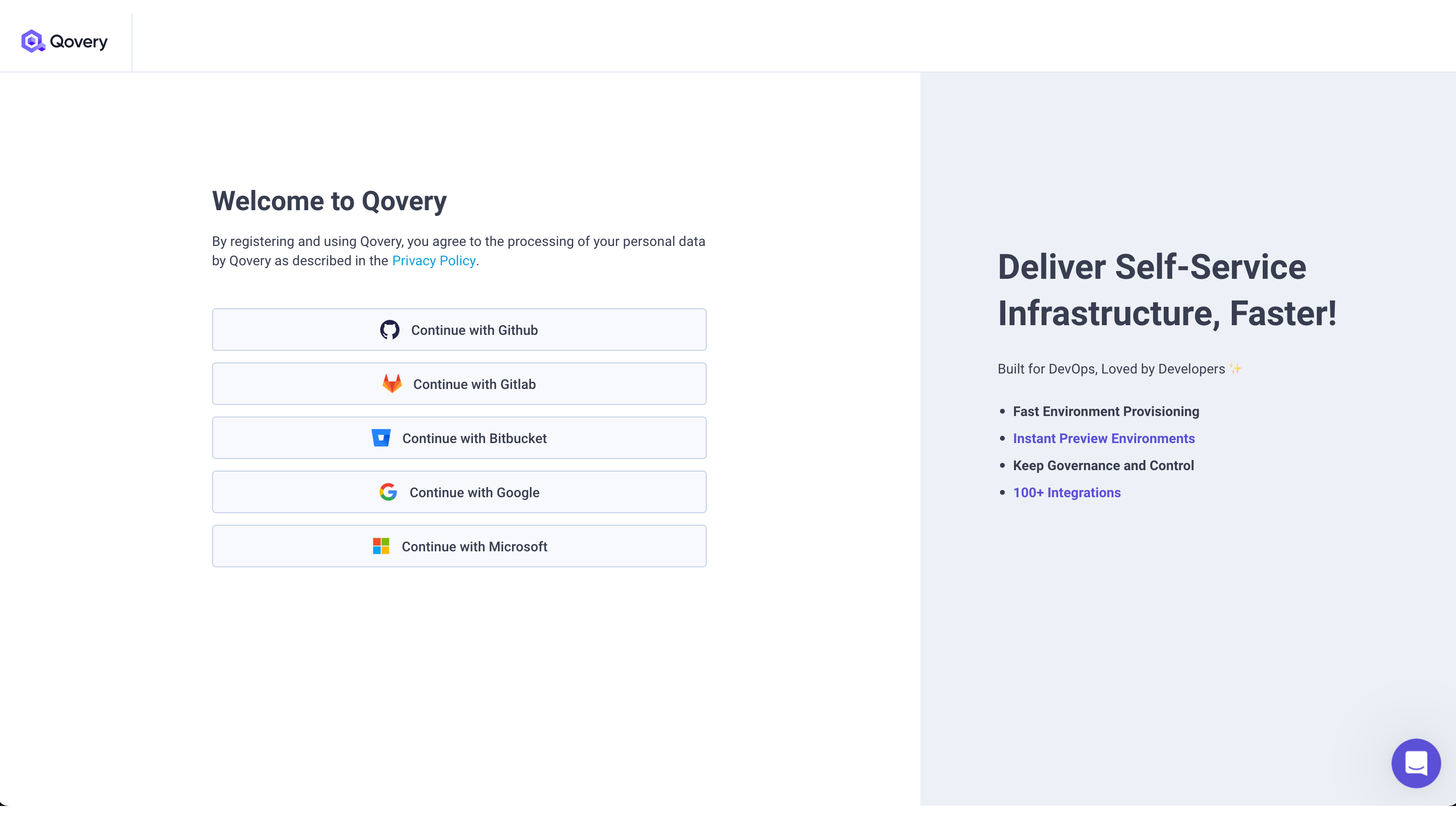Our DevOps setup was a mess. Every time we needed a staging environment, it would take weeks. Database setup was worse - nobody wanted to touch the RDS configs because the last person who did that broke something for 3 hours.
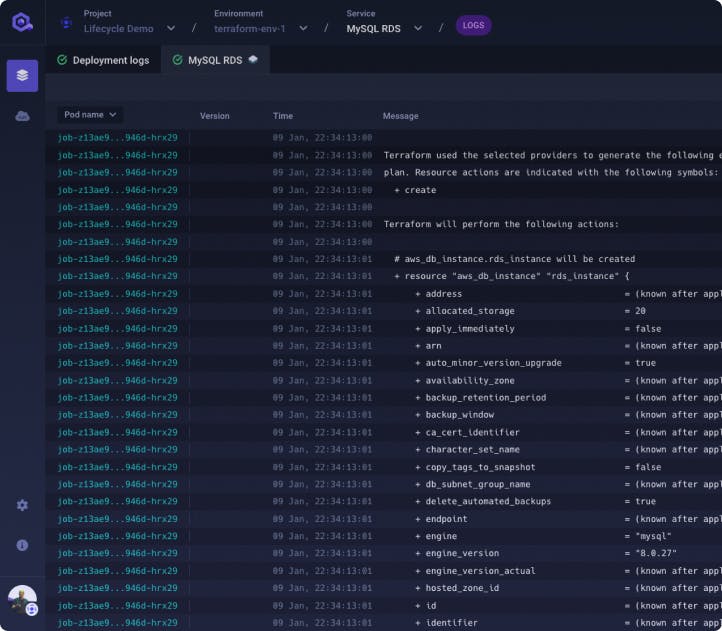
Tried setting up K8s ourselves for about 6 months. Pretty sure we drove our best engineer insane with all the YAML files - he left for a startup that just uses Vercel for everything. Our monitoring fell over during some big traffic spike and customers were complaining on Twitter before we even knew the site was down. AWS also updated something in EKS and broke our setup for half a day, naturally during a demo to investors.
What This Thing Actually Does
Qovery is basically "Heroku but it runs in your AWS/GCP/Azure account instead of costing $500/month for a tiny app." You push code to Git, it builds your Docker container, spins up the infrastructure, and deploys everything. Your data stays in your cloud account, so you're not locked into anyone's platform.
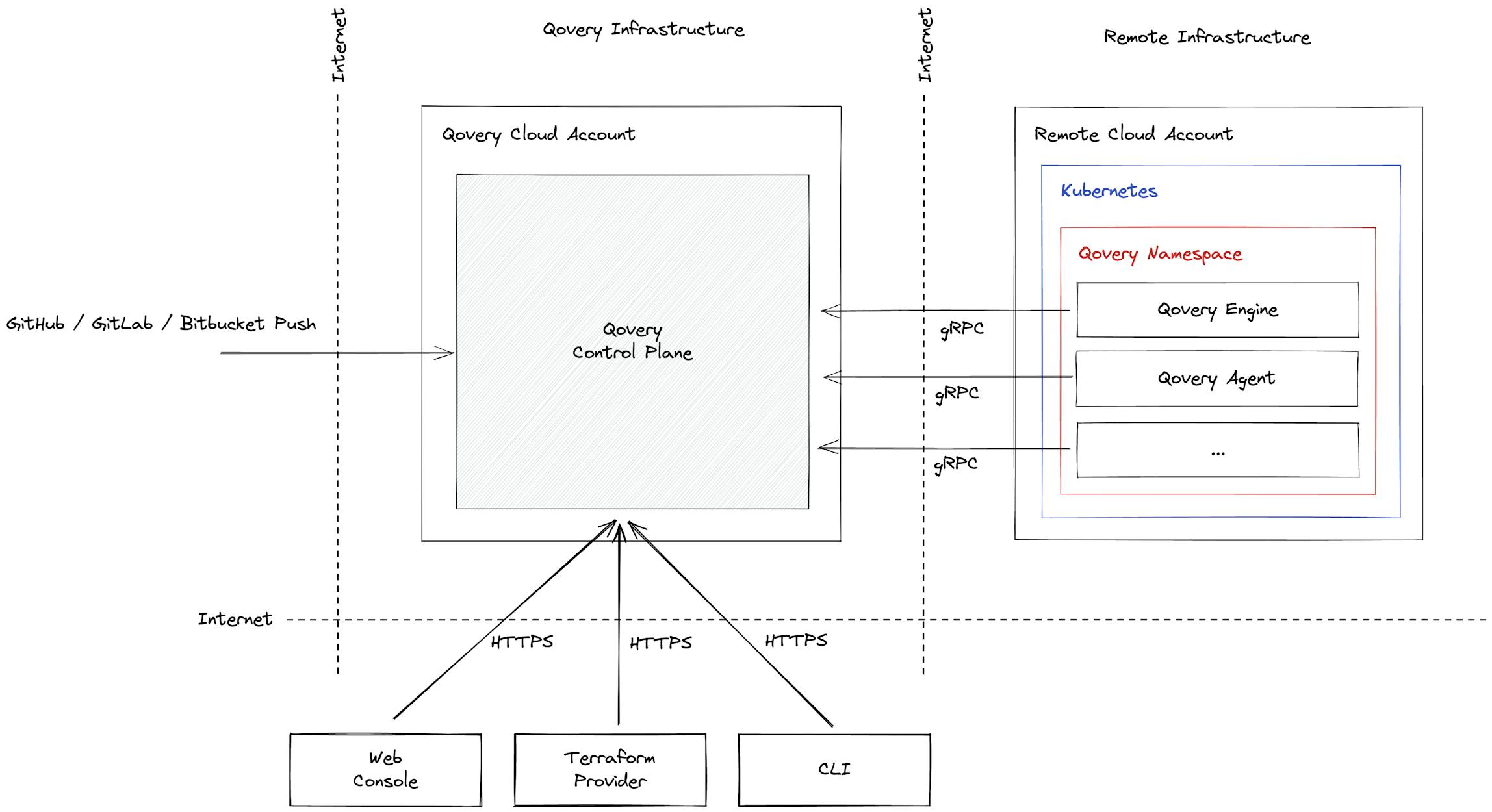
Why You Might Actually Want This
Deploy Without Tickets: Push to git, get a working deployment. Usually takes like 10-15 minutes. No waiting for the DevOps team to review your load balancer configs or asking nicely for a staging environment.
It Actually Sets Up Kubernetes Right: Setting up production K8s takes months if you want monitoring, logging, security, and auto-scaling that doesn't break at 2am. They've done the work so you don't have to.
Your Cloud Account, Your Data: Unlike Heroku where you're stuck on their expensive infrastructure, everything runs in your AWS/GCP/Azure account. You can export all the configs and leave anytime.
Real Cost Savings: Instead of paying Heroku $25/month per dyno (which adds up fast - we were burning $800/month), you're looking at maybe $200-300/month total AWS costs for the same workload. We went from that $800 Heroku bill to about $280/month on AWS. The math actually works out.
How It Actually Works (No Bullshit)
Connect your GitHub repo, push code. It builds a Docker container, creates a K8s cluster if needed, sets up the load balancer and monitoring. Usually takes around 5-10 minutes depending on how much stuff your app installs.
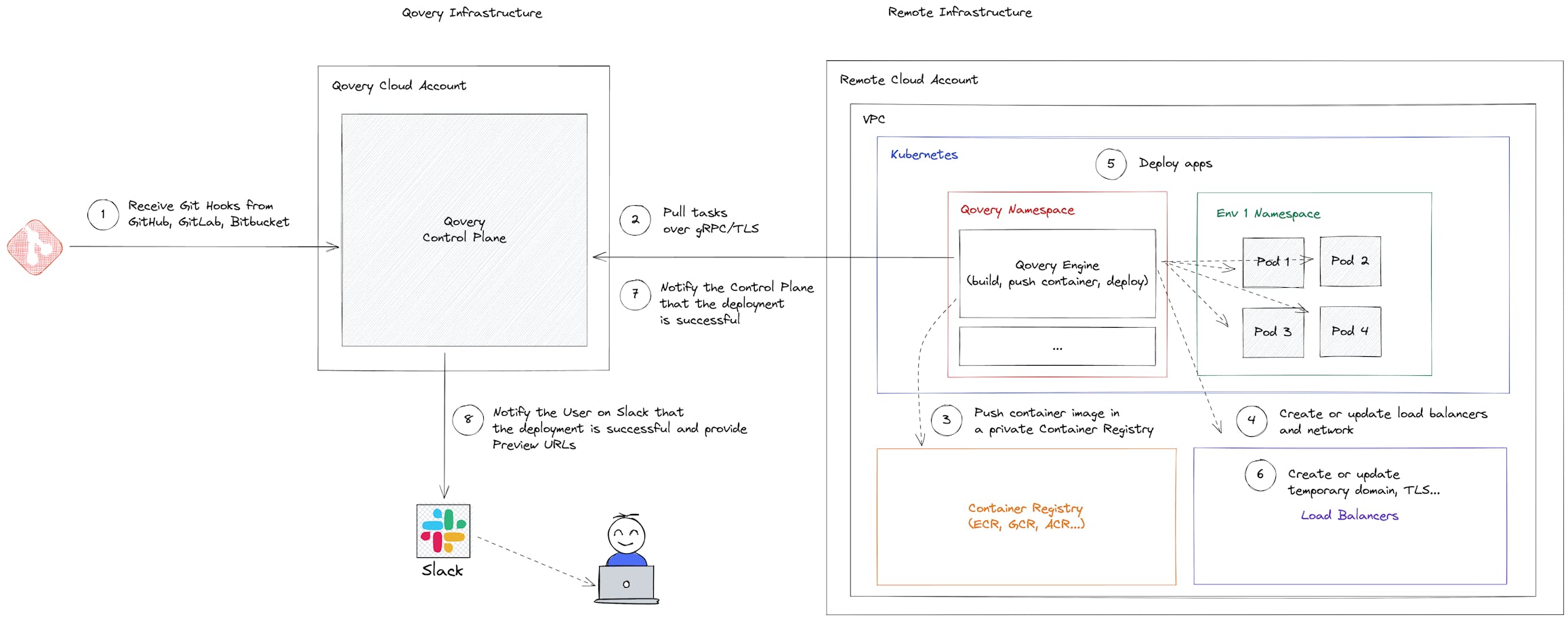
If something breaks, you get actual error messages instead of "deployment failed, check logs" with no logs to be found. When you need a database, it provisions RDS/Cloud SQL instead of making you figure out persistent volumes and backup strategies.
The catch? You still need to understand Docker basics. If your app needs 16GB of RAM because someone wrote a memory leak, Qovery won't magically fix that. It just makes the infrastructure parts not suck.
Recent Updates Worth Knowing About
They added Karpenter support in early 2025, which actually saves money by not keeping t3.xlarge instances running for apps that need 500MB of RAM. The deployment pipeline got overhauled too - you can finally see what's broken instead of staring at a loading spinner for 20 minutes wondering if npm install hung again.
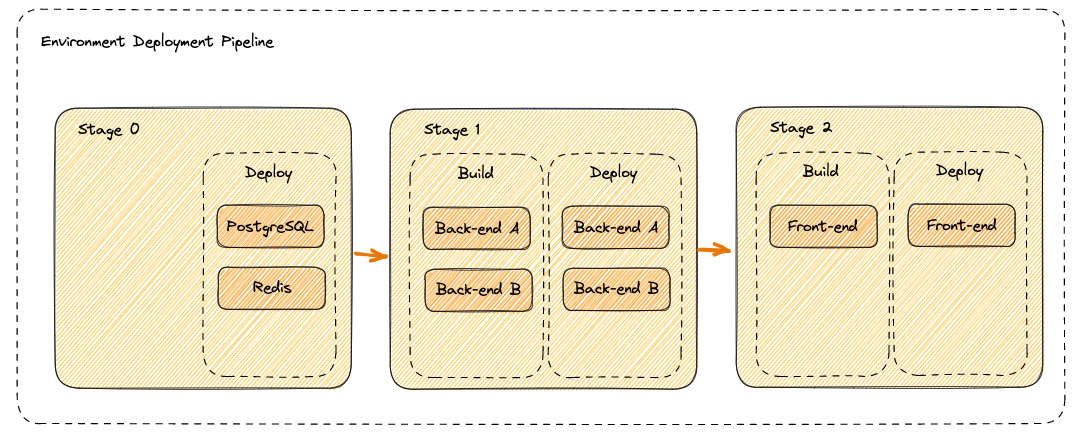
The deployment queue feature stops that annoying issue where two people try to deploy to the same environment at once and everything breaks.
Real Companies Using This
Talkspace (the therapy app) and some European companies are running production workloads on this. They've got SOC 2 and HIPAA compliance if that matters to you, but honestly the bigger deal is that your data stays in your own cloud account so compliance is mostly your cloud provider's problem.
When This Isn't Right for You
If you have a dedicated DevOps team that actually knows their shit and enjoys debugging pod networking at 3am, skip this. If you're doing ML workloads with GPUs or need custom Kubernetes operators, you're stuck with raw K8s anyway. Also, if you're just hosting a static site, this is probably overkill - Netlify or Vercel are way cheaper.
